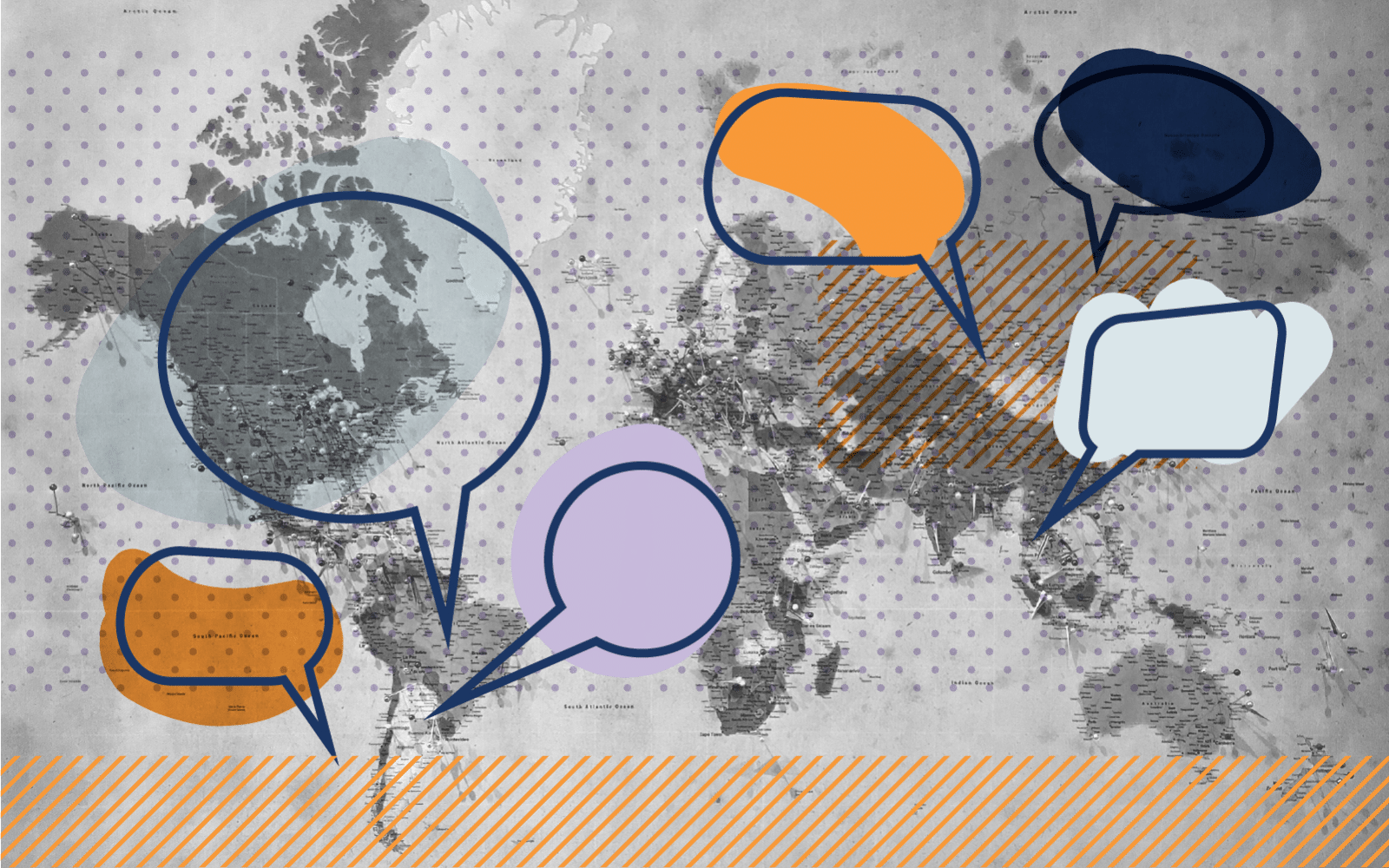How mobile technology solutions are bringing affordable, quality health care to the most remote places in the world
Is it possible to provide high quality, low-cost health care to the neediest populations living in remote places? The answer is yes — and it lies in technology.
“Some of the greatest advances in development came from extending the reach of science and technology to those who didn’t have it,” said a recent announcement from the “Saving Lives at Birth: Grand Challenge Award.” Led by coalition of donors that included the Bill & Melinda Gates Foundation, the World Bank, and USAID, the award focused on innovative, technology-based solutions to the problems and risks associated with childbirth, especially in developing and isolated locations. The donors pooled $50 million in grants over five years to spread the solutions of the winners — including Ashoka’s eHealthPoint Services.
Now eHealthPoint is going to take “mHealth” — the use of mobile communications technology — to a new level of low-cost, high-quality maternal and child health in rural India.
According to eHealthPoint’s senior mHealth expert, David Aylward, the lowered prices that come with technological advances are already improving life in remote places. “Look at what happened with wireless: Devices got very inexpensive, and service got very inexpensive. Therefore, people in the poorest parts of the world are now paying cash so that they can have access to information. We need to do the same thing in health.”
For more great insights from Aylward — who is also the senior advisor for Global Health and Technology at Ashoka — check out a feature on innovating toward a healthier world on the Huffington Post as well as an interview with the Carnegie Council's Julia Taylor Kennedy.
